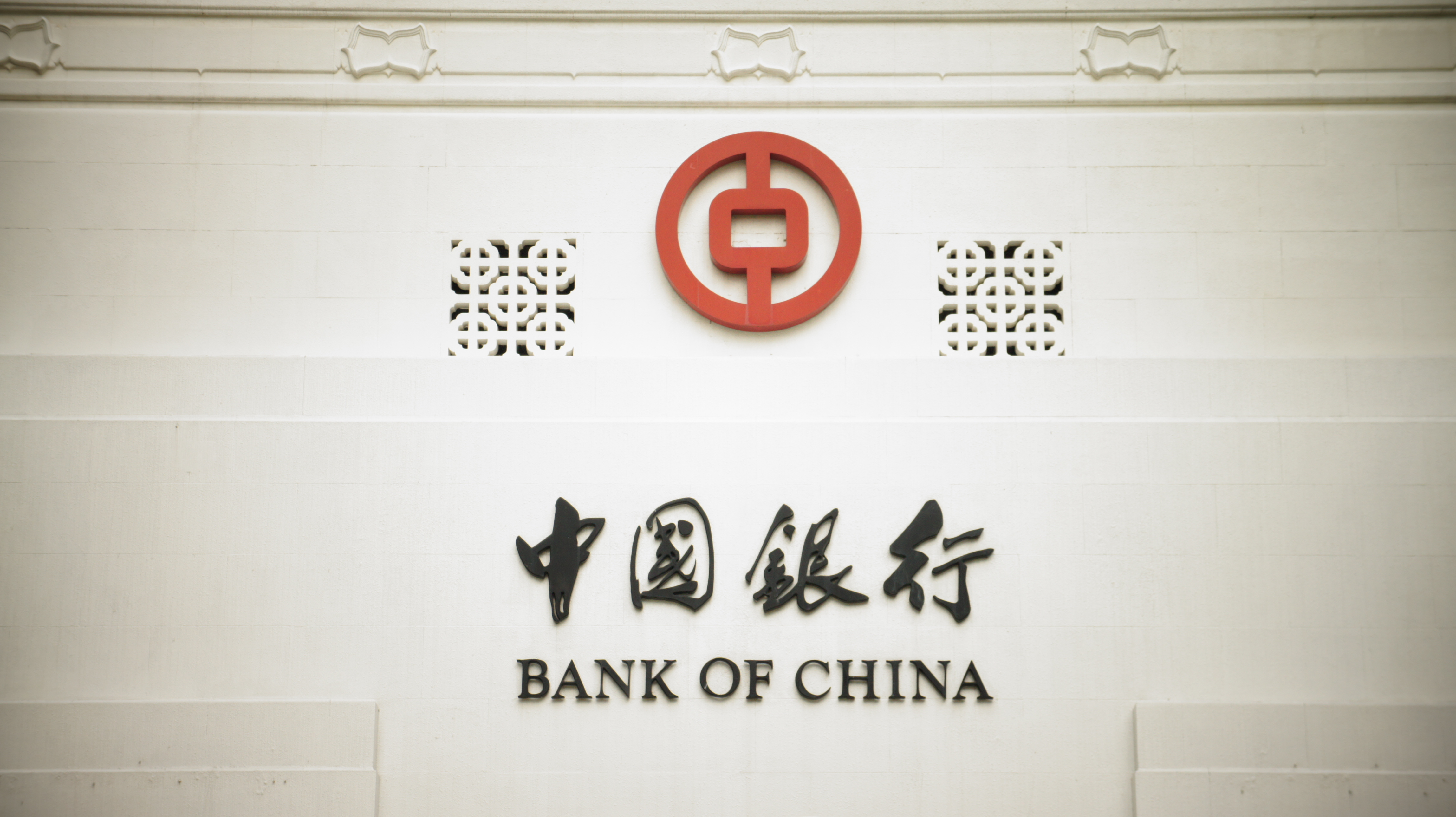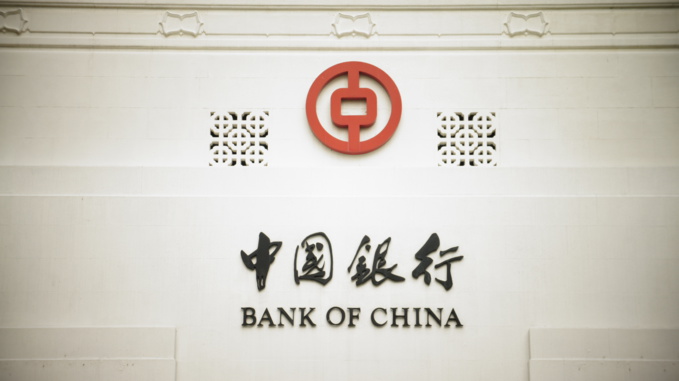The Central Bank of China has once again lowered reserve requirements for most banks for the fourth time this year (this time by 100 basis points, to 14.5%; the rate was 17% by the end of April). It is assumed that this move will release another 750 billion yuan ($ 109 billion). Less strict requirements "will fill the banks' need for liquidity without easing monetary policy and dividing the Yuan exchange rate," the regulator said. It also states that the measure is aimed at supporting private and medium-sized businesses. On Monday, however, the Yuan continued to decline, and so did indexes of stock exchanges in mainland China, which lost 3.7–3.8%.
The Chinese regulator has returned to easing credit conditions amid imposition of trade restrictions by the United States. Currently, deliveries from China in the amount of $ 200 billion are taxed at a rate of 10%, another $ 50 billion – at 25%. At the same time, Washington promised to expand the protective tariffs on the remaining $ 267 billion in imports. China, in turn, announced introduction of 5–10% tariffs for deliveries in the amount of $ 60 billion and 25% - for another $ 50 billion in imports from the United States.
Previously, the authorities mostly talked about the need to tighten access to financing in order to reduce the already high debt burden. Thus, the OECD called on China to fight off-balance sheet debt (estimated at almost 80% of GDP, the official assets of Chinese banks in 2017 rose to $ 39 trillion - to 310% of GDP against about 200% in 2007). The burden of the private sector of the country, according to the IMF, is 193% of GDP (public sector - 44% of GDP).
However, experts doubt that easing of credit conditions will be enough to compensate for the slowdown in business activity. According to Capital Economics, the Central Bank of the PRC will also need to lower rates in the interbank market for softer reserve requirements. “Although the latter measure is undoubtedly aimed at stimulating the economy, as long as the regulator tries to keep balance, the key is to keep the exchange rate below 7 yuan per dollar in order to avoid a weakening of the Yuan,” the experts note.
Recall that the previous significant weakening of the yuan against the background of exchange volatility caused a sharp and prolonged outflow of capital from the country. However, strengthening of the Dollar automatically reduces the cost of exports from China, which partly compensates for the negative effect of the US imposed duties. So far, however, according to the Institute of International Finance, the weakening of the Yuan will not accelerate the outflow: this year the net inflow of funds into the country will be positive for the first time since 2013 and will amount to $ 160 billion (in particular, non-residents' portfolio investments will increase for foreign investors).
source: capitaleconomics.com
The Chinese regulator has returned to easing credit conditions amid imposition of trade restrictions by the United States. Currently, deliveries from China in the amount of $ 200 billion are taxed at a rate of 10%, another $ 50 billion – at 25%. At the same time, Washington promised to expand the protective tariffs on the remaining $ 267 billion in imports. China, in turn, announced introduction of 5–10% tariffs for deliveries in the amount of $ 60 billion and 25% - for another $ 50 billion in imports from the United States.
Previously, the authorities mostly talked about the need to tighten access to financing in order to reduce the already high debt burden. Thus, the OECD called on China to fight off-balance sheet debt (estimated at almost 80% of GDP, the official assets of Chinese banks in 2017 rose to $ 39 trillion - to 310% of GDP against about 200% in 2007). The burden of the private sector of the country, according to the IMF, is 193% of GDP (public sector - 44% of GDP).
However, experts doubt that easing of credit conditions will be enough to compensate for the slowdown in business activity. According to Capital Economics, the Central Bank of the PRC will also need to lower rates in the interbank market for softer reserve requirements. “Although the latter measure is undoubtedly aimed at stimulating the economy, as long as the regulator tries to keep balance, the key is to keep the exchange rate below 7 yuan per dollar in order to avoid a weakening of the Yuan,” the experts note.
Recall that the previous significant weakening of the yuan against the background of exchange volatility caused a sharp and prolonged outflow of capital from the country. However, strengthening of the Dollar automatically reduces the cost of exports from China, which partly compensates for the negative effect of the US imposed duties. So far, however, according to the Institute of International Finance, the weakening of the Yuan will not accelerate the outflow: this year the net inflow of funds into the country will be positive for the first time since 2013 and will amount to $ 160 billion (in particular, non-residents' portfolio investments will increase for foreign investors).
source: capitaleconomics.com



















